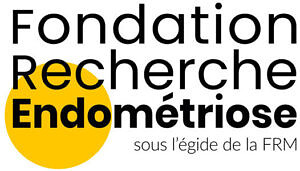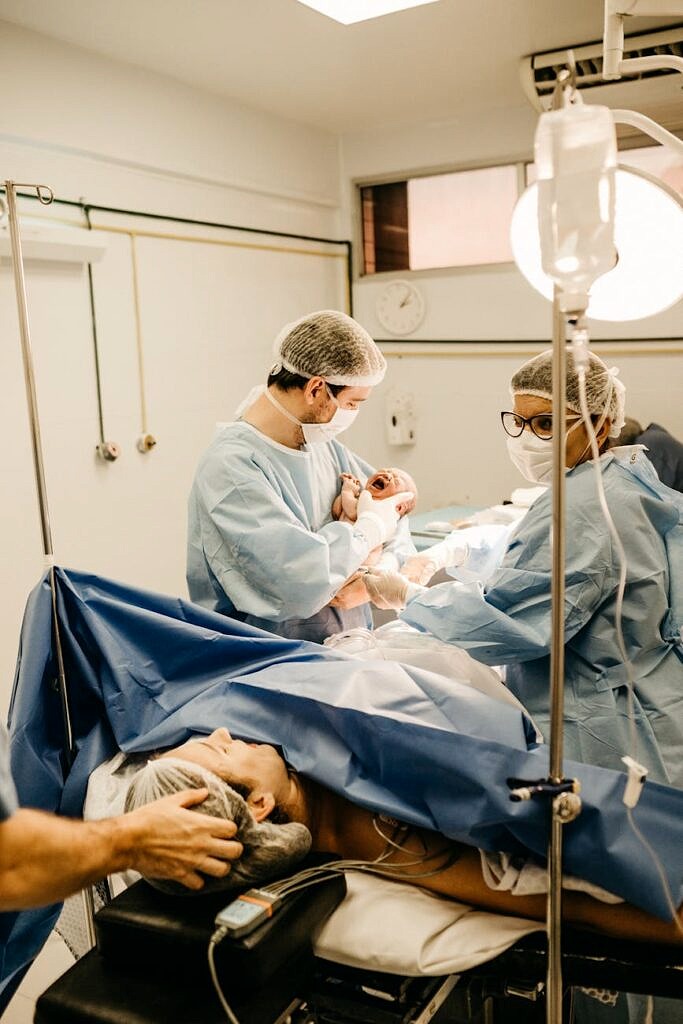Endometriosis is a frequent, largely hereditary pathology, but it is also subject to environmental influences: it can be influenced by the age of the first menstrual period or exposure to chemical substances that alter the endocrine system. This heterogeneity makes it a particular challenge to diagnose and treat the disease effectively. New approaches are needed to improve our understanding of the etiology of the disease and our ability to diagnose it.
Recent studies have shown that endometriosis is much more common in women with relatively short ano-genital distances (AGD). GAD, or the distance between the posterior vulvar fork and the anus, is determined between 8 and 14 weeks of prenatal development, by differential growth of perineal tissue, stimulated by testosterone (T). Thus, GAD is strongly correlated with the levels of T to which a fetus is exposed in early pregnancy. The risk of endometriosis would therefore be linked to prenatal T, but also to other, as yet unknown, factors.
It seems that low prenatal T levels in women (who then have low GAD), program the development of the hypothalamic-pituitary-ovarian (HHO) axis towards a state where T is lower in target tissues (e.g. reproductive, bone and muscle tissues). This development of the HHO axis would result in relatively "extreme" values in adulthood for traits expressed in women, such as lower plasma T concentration, higher levels of oxytocin (OT), weaker musculature, increased inflammation and lower pain sensation thresholds - all of which have been reported in women with endometriosis. EO seems particularly important in endometriosis: this hormone, through its action on smooth muscle contraction, is thought to play a role in dysmenorrhea, tissue damage genesis and pain sensitization. It has been reported that EO levels are higher in people with endometriosis .EO and T levels also tend to show an inverse relationship.
Despite the obvious importance of T and EO in endometriosis, there has been little or no research into whether and how levels of these hormones influence the risk and symptoms of endometriosis (especially pain), or how testosterone levels in women when they are in the fetal stage influence endometriosis-related traits in adulthood.
This pilot study will be the first to test the links between GAD (proxy for pre-natal testosterone), T and EO levels, pain and other endometriosis-related symptoms, in women with endometriosis.
Project funded by the Fondation pour la recherche sur l'endométriose in collaboration with Noémie RANISAVLJEVIC (CHU de Montpellier) and Bernard CRESPI (Simon Fraser University (Canada)).
Registered search on Clinical Trials





